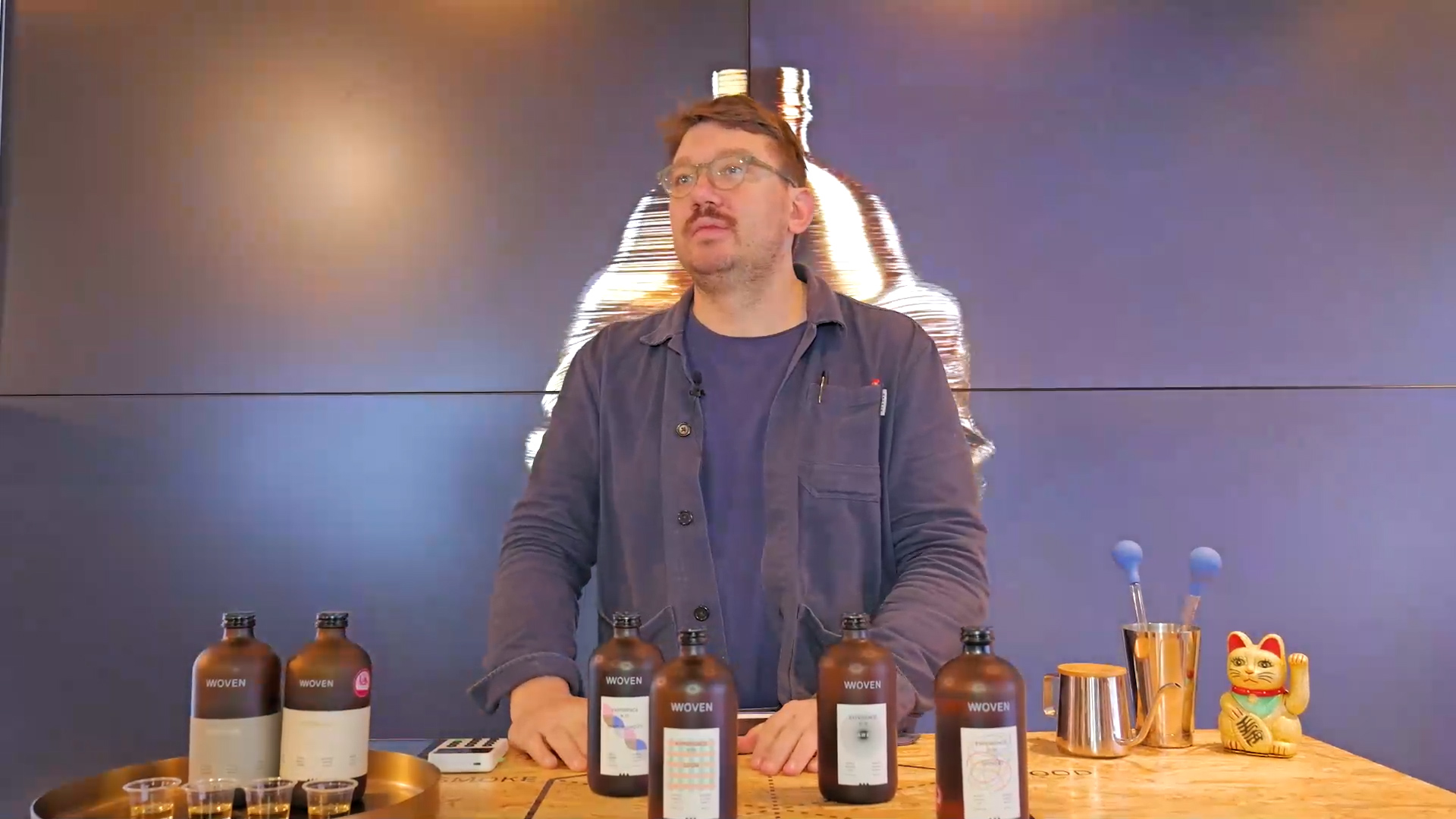2024 is Expected to Be the Year of Drone Delivery


Created with DALL-E
2024 is expected to be the year when drone delivery finally takes flight.
What’s different about this year?
Well, most regulatory hurdles have been cleared, opening the door for retailers, medical centers, and logistics platforms to start offering drone delivery.
During testing, visual spotters were required every mile. Last Fall, the FAA authorized some drone operators to fly BVLOS (beyond visual line of sight). Now, companies such as Zipline, Wing, DroneUp, and Amazon are about to take off.
The FAA is focused on developing a standard set of rules for BVLOS operations to make these kinds of deliveries routine, scalable and economically viable according to Axios.
Amazon has operated in 2 communities (Lockeford, CA, and College Station, TX) using drone fulfillment test hubs. This year, the company is adding a 3rd US site and 2 in Europe to further test.
Zipline has already flown more than 60 million commercial autonomous miles and is expanding.
Wing, a subsidiary of Alphabet, has completed over 350k delivers. It plans to use AI to make operations more efficient, including making decisions about where to safely leave the package (as they all will most likely).
Walmart is making deliveries within a 6-mile range of its Dallas and Christiansburg, VA superstores.
Does this mean fewer vehicles on the road? Maybe.
Noisy drones hovering around your neighborhood? Maybe.
Increasingly demanding consumers? Definitely!
Catering to the Accidental Narcissist
Innovation in customer delivery is welcome. It will also continue to foster “accidental narcissism” in consumer behavior, meaning the excitement will wear off. Anything new quickly, no matter how better or faster, inevitably gives way to “impatience as a virtue.”
Zipline CEO Keller Renaudo Cliffton predicts that people shift from excited to entitled within days.
“People go from science fiction to entitlement in seven days,” Cliffton shared with Axios.
During my days as a Principal Analyst, I found this to be the case time and time again in my research.
“For seven days, it’s pure magic. Then on day eight, they’re looking at their watch and saying, ‘You’re 30 seconds late’,” he continued.
And he’s right.
In my early research days around digital CX, mobile CX, and digital anthropology, I published research that visualized a new type of consumer, I called them Generation-C or Generation-Connected. This wasn’t a demographic group, but instead psychographic, where people shared digital and mobile-first behaviors and interests that resulted in similar patterns. The research also identified a new customer journey, beyond a traditional “cluster funnel,” we at Altimeter called the Dynamic Customer Journey. This research was so profound that it inspired the direction for my books, End of Business as Usual, What’s the Future of Business, and X: The Experience When Business Meets Design (listed in chronological order).
The moniker “accidental narcissist” playfully described how people change as a matter of just being human.
For example, with the “Time Study” I conducted with Rakuten Ready, we learned that even though BOPIS and Curbside were novel and exciting at the time, by a consumer’s second or third visit, parking wasn’t close enough, time wasn’t fast enough, lines weren’t short enough, staff weren’t dedicated to digital-first consumers enough. We heard, and I’m not kidding, “I don’t want to stand over there with those analog people.”
The same was true when I studied how long was too long to wait for an Uber before a user opened the Lyft app. Those number plummeted every year. I know people who carry two phones who open both apps to see which one is faster. They cancel the other driver when it’s clear who’s going to arrive later (note: I don’t support this behavior, but it is testament to “accidental narcissism.”
To this day, for instance, Uber advertisers how long average wait times are in cities using traditional billboards and signage.
The same is true for Uber Eats and Door Dash. “Impatience as a virtue” is one of the key observations that led to UX innovations such as tracking the car en route!
The minute I see that I can experiment with drone delivery, I’m jumping onboard (sorry neighbors!) And by the third time, I’ll probably start complaining about its time record. 😉

DALL-E Prompt: You’re one of the best nature photographers in the world. You were out in a suburban neighborhood in Dallas, Texas, shooting pictures of new homes being built near vast areas of flatlands. Then you looked up and took a picture of a drone delivering a package to a nearby home. Share with me that picture.







